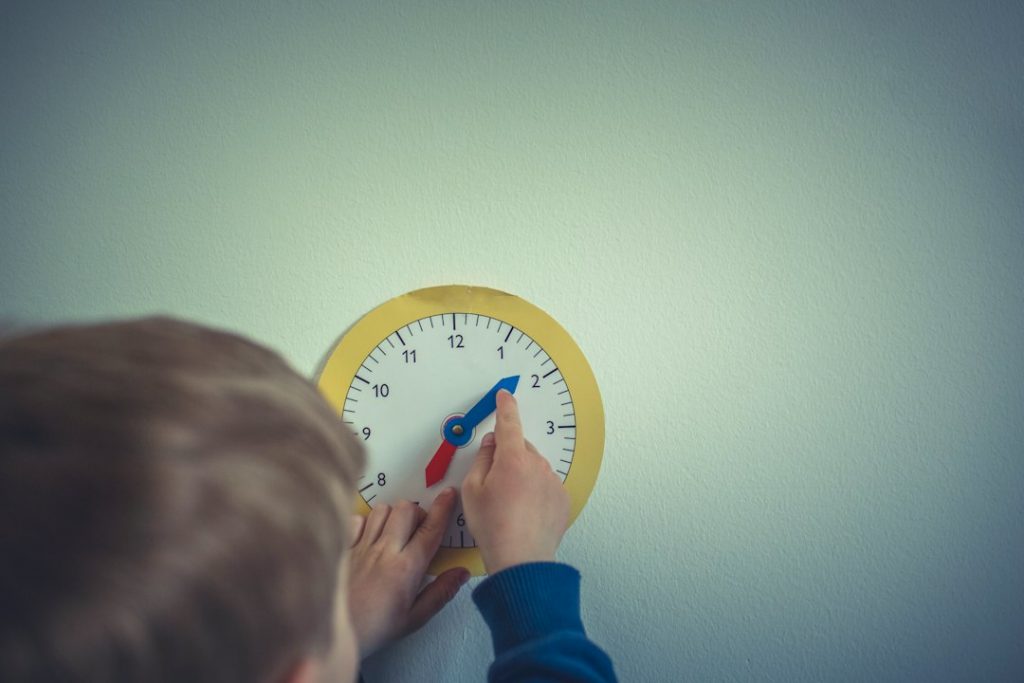Introduction
Memory techniques are powerful tools that can greatly benefit students in their academic pursuits. These techniques help improve memory recall, enhance comprehension, and increase overall learning efficiency. By understanding how memory works and utilizing various memory techniques, students can optimize their study habits and achieve better academic results.
Understanding the Brain
To effectively use memory techniques, it is important to understand how memory works and why it sometimes fails. Memory is the process by which information is encoded, stored, and retrieved in the brain. It involves various cognitive processes such as attention, perception, and consolidation.
There are different types of memory, including short-term memory and long-term memory. Short-term memory refers to the temporary storage of information that lasts for a few seconds to a minute. Long-term memory, on the other hand, is the more permanent storage of information that can last for days, weeks, or even a lifetime.
Memory can fail due to various factors such as lack of attention, interference from other memories, or decay over time. Understanding these factors can help students identify potential challenges in their learning process and find effective solutions.
Memory Techniques
There are several memory techniques that students can utilize to improve their memory recall and learning efficiency. These techniques include visualization, association, mnemonic devices, mind mapping, repetition, and more.
Visualization involves creating mental images to help remember information. This technique takes advantage of the brain’s ability to remember visual information more easily than abstract concepts. For example, if you are trying to remember a list of items, you can visualize each item in a vivid and memorable way.
Association techniques involve linking new information with existing knowledge or creating connections between different pieces of information. This technique helps improve recall by creating a network of associations that make it easier to retrieve information when needed.
Mnemonic devices are memory aids that use acronyms, rhymes, or other creative methods to remember information. For example, the acronym “ROY G. BIV” is used to remember the colors of the rainbow (red, orange, yellow, green, blue, indigo, violet).
Mind mapping is a visual technique that involves creating a diagram to represent information and its relationships. This technique helps improve comprehension and recall by organizing information in a structured and visually appealing way.
Repetition and practice are simple yet effective memory techniques. By repeatedly reviewing and practicing information, students can reinforce their memory and improve retention.
The Power of Visualization
Visualization is a powerful memory technique that can greatly enhance memory recall. When we create mental images of information, we engage multiple senses and activate different areas of the brain, making the information more memorable.
To use visualization effectively, it is important to make the mental images vivid and detailed. For example, if you are trying to remember a list of groceries, you can imagine yourself walking through a supermarket and picking up each item on the list. Visualize the colors, textures, and smells associated with each item to make the images more vivid.
Another tip for using visualization effectively is to make the mental images interactive and engaging. For example, if you are trying to remember a historical event, you can imagine yourself being present at that event and interacting with the people and objects involved.
Association Techniques
Association techniques involve linking new information with existing knowledge or creating connections between different pieces of information. This technique takes advantage of the brain’s natural tendency to remember information that is meaningful or connected to existing knowledge.
One way to use association techniques is by creating visual or verbal associations between pieces of information. For example, if you are trying to remember a list of vocabulary words in a foreign language, you can create mental images or stories that link each word with its meaning.
Another association technique is creating mnemonic devices. Mnemonic devices are memory aids that use acronyms, rhymes, or other creative methods to remember information. For example, to remember the order of the planets in our solar system, you can use the mnemonic “My Very Eager Mother Just Served Us Nachos” (Mercury, Venus, Earth, Mars, Jupiter, Saturn, Uranus, Neptune).
Mnemonic Devices
Mnemonic devices are memory aids that can be used to remember information more easily. These devices take advantage of the brain’s ability to remember patterns and associations.
One type of mnemonic device is acronyms. Acronyms are words formed by taking the first letter of each word in a list and creating a new word. For example, to remember the order of operations in mathematics (parentheses, exponents, multiplication and division from left to right, addition and subtraction from left to right), you can use the acronym “PEMDAS” (Please Excuse My Dear Aunt Sally).
Rhymes are another type of mnemonic device that can be used to remember information. By creating rhymes or catchy phrases, you can make the information more memorable. For example, to remember the number of days in each month, you can use the rhyme “Thirty days hath September, April, June, and November; All the rest have thirty-one, Excepting February alone.”
Mind Mapping
Mind mapping is a visual technique that involves creating a diagram to represent information and its relationships. This technique helps improve comprehension and recall by organizing information in a structured and visually appealing way.
To create a mind map, start with a central idea or topic and branch out into subtopics or related concepts. Use colors, symbols, and images to make the mind map more visually engaging. By organizing information in this way, you can see the connections between different ideas and easily navigate through the information when needed.
When creating a mind map, it is important to keep it simple and concise. Use keywords or short phrases instead of long sentences or paragraphs. This will make the mind map easier to read and remember.
Repetition and Practice
Repetition and practice are simple yet effective memory techniques that can greatly improve memory recall. By repeatedly reviewing and practicing information, students can reinforce their memory and improve retention.
One way to use repetition effectively is by spacing out the practice sessions over time. Instead of cramming all the information in one study session, break it up into smaller chunks and review each chunk multiple times over a period of days or weeks. This spaced repetition helps strengthen the memory and makes it more resistant to forgetting.
Another tip for using repetition effectively is to actively engage with the information during practice. Instead of passively reading or listening to the information, try to actively recall it from memory or explain it in your own words. This active engagement helps reinforce the memory and improve comprehension.
Tips for Maintaining a Healthy Brain
To optimize memory and learning, it is important to maintain a healthy brain. The brain is a complex organ that requires proper nutrition, exercise, and sleep to function at its best.
A healthy diet rich in nutrients such as omega-3 fatty acids, antioxidants, and vitamins can support brain health. Foods like fatty fish, blueberries, nuts, and dark chocolate have been shown to have positive effects on cognitive function.
Regular exercise has also been linked to improved memory and cognitive function. Physical activity increases blood flow to the brain, promotes the growth of new neurons, and enhances the release of neurotransmitters that are important for learning and memory.
Sleep is another crucial factor for brain health and memory consolidation. During sleep, the brain processes and consolidates information from the day, making it easier to remember later on. Aim for 7-9 hours of quality sleep each night to support optimal brain function.
Putting It All Together
To incorporate memory techniques into a study routine, start by identifying the techniques that work best for you. Experiment with different techniques and find the ones that resonate with your learning style and preferences.
Once you have identified the techniques that work for you, create a study plan that incorporates these techniques. For example, you can use visualization to remember key concepts, association techniques to link related information, and mind mapping to organize your notes.
It is also important to practice these techniques consistently. Make them a regular part of your study routine and use them in different subjects and contexts. The more you practice, the more natural and effective these techniques will become.
By incorporating memory techniques into your study routine, you can improve memory recall, enhance comprehension, and increase overall learning efficiency. These techniques are powerful tools that can help you achieve better academic results and make the most of your educational journey.
Conclusion
Memory techniques are valuable tools that can greatly benefit students in their academic pursuits. By understanding how memory works and utilizing various memory techniques such as visualization, association, mnemonic devices, mind mapping, repetition, and more, students can optimize their study habits and achieve better academic results.
Remember to experiment with different techniques and find the ones that work best for you. Incorporate these techniques into your study routine consistently and practice them in different subjects and contexts. By doing so, you can improve memory recall, enhance comprehension, and increase overall learning efficiency.
So why not give memory techniques a try? Start incorporating them into your study routine today and experience the benefits for yourself. Happy studying!




